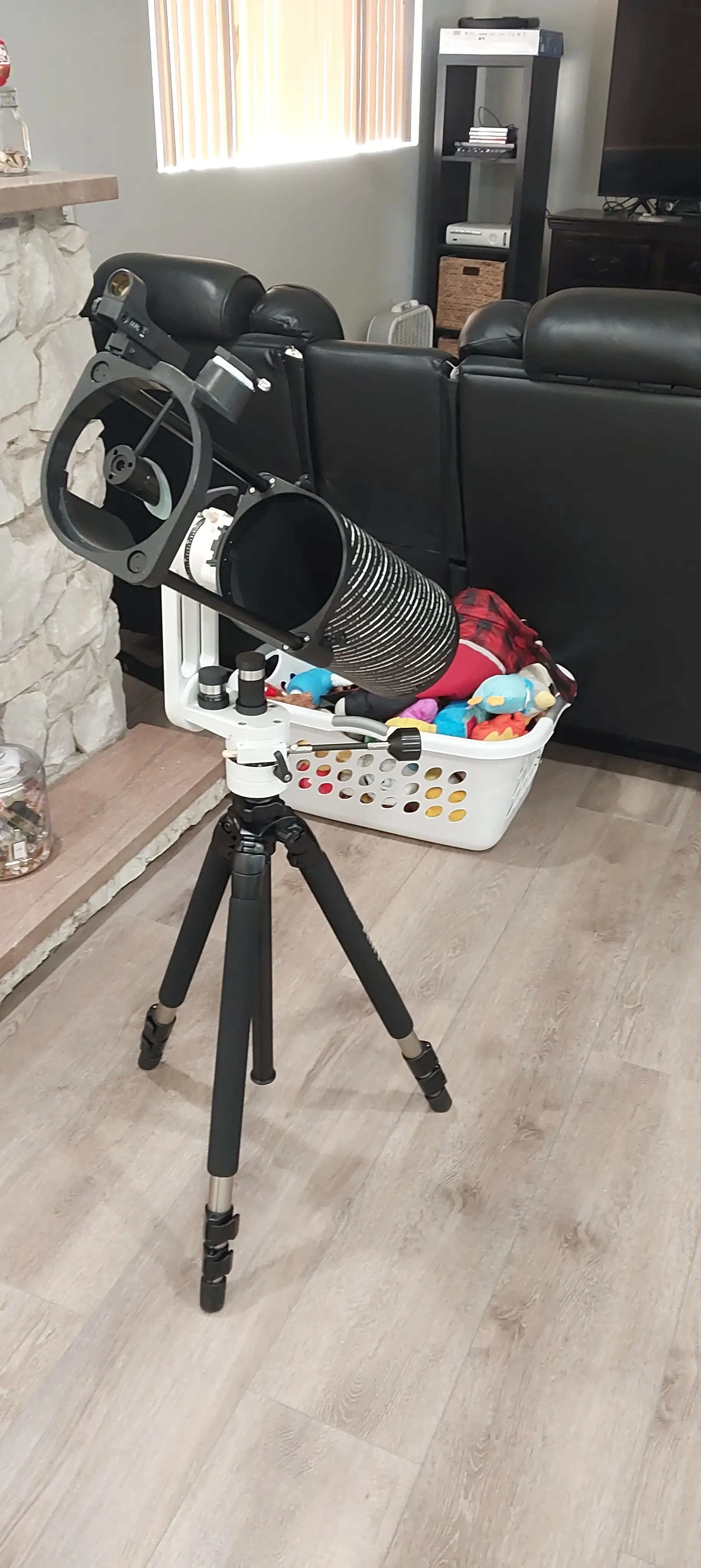Okay, so here's my recommendation:
Do NOT buy a $200 telescope new. You're going to overpay to get a piece of kit that's okay at best and unpleasant to use at worst (possibly due to uncomfortable eyepieces, difficulty in actually using the scope with bad alt/az controls, bad ergonomics with the stand, etc).
-
If you want a cheap scope just to find out if you'll like amateur astronomy: Go hit some garage sales or a resell app or Craigslist or something, but I particularly recommend garage sales. There's plenty of these cheap 'hobby killer' telescopes that can be had for a fraction of their retail price this way, and the resell value is a little more reflective of what they're actually worth.
-
Alternatively: drop about 1/4 of that on some good binoculars. You can absolutely stargaze with binoculars, I actually always bring some when I do public outreach. I'm very fond of 7x50s, because the low magnification (the 7) works really great on open clusters and makes them easier to steer, while also not being so heavy that they wear out your arms after ten minutes. The 50 describes the aperture size, which means that your binoculars will have plenty of light- gathering capacity. The bigger the apertures, the more light they'll collect, but the heavier and harder to use they'll be. Plus, their magnification won't be too far beneath the maximum magnification of a generic retail telescope.
-
If you want a great starter scope: I'd suggest that you save your money, don't burn your budget on a crappy retail refractor. I'd also suggest doing one of the two above things to decide if you even like astronomy enough to spend the money on a good scope. If you do like it, and you do want a good starter scope, it's hard to go wrong with a 6" dobsonian. They're relatively cheap for what they are, very portable and manageable, and there's a LOT you can see with them, even in the city, but especially in dark skies. Also, you could probably find some good used ones in your area for a bargain; there's lots of folks who splurge on telescopes and fall out of love with them, and then just have it sitting in the corner of the garage for years and years. Like I said, garage sales are really great for this.
Btw, don't get aperture fever and splurge on a double-digit aperture. I did that, but I specifically did it for outreach purposes; if I was getting it strictly for my own use, I'd have a $1500 oversized dust collector because it can be a real PITA to move outside.
